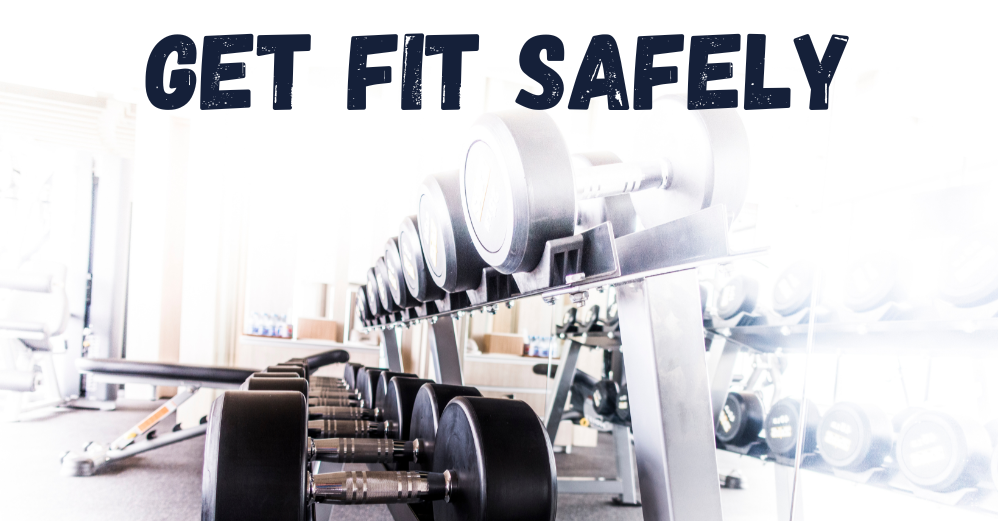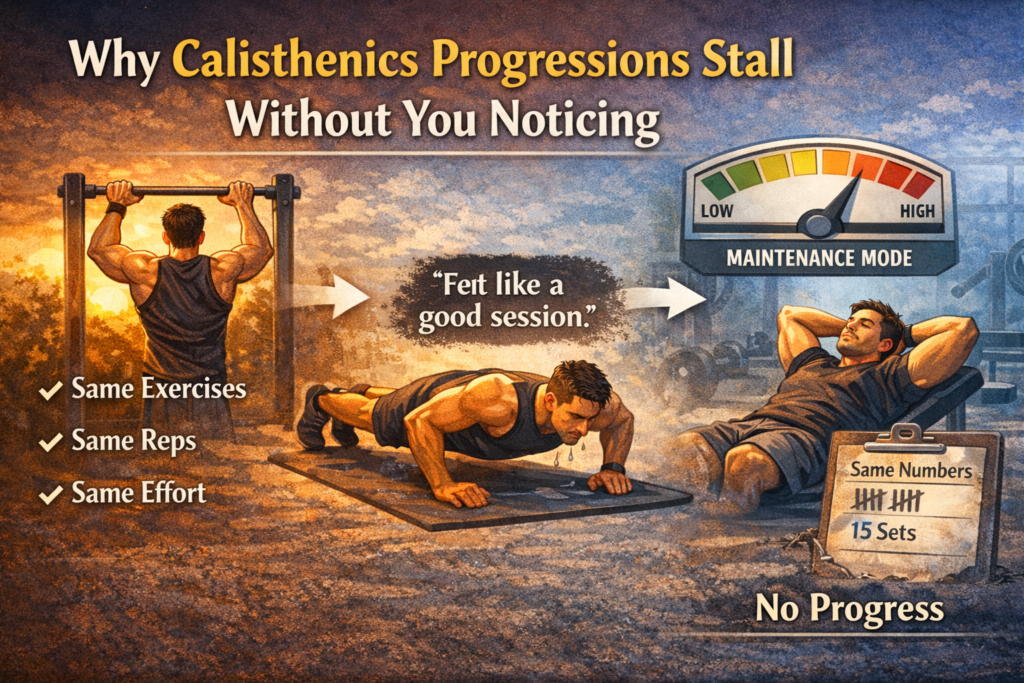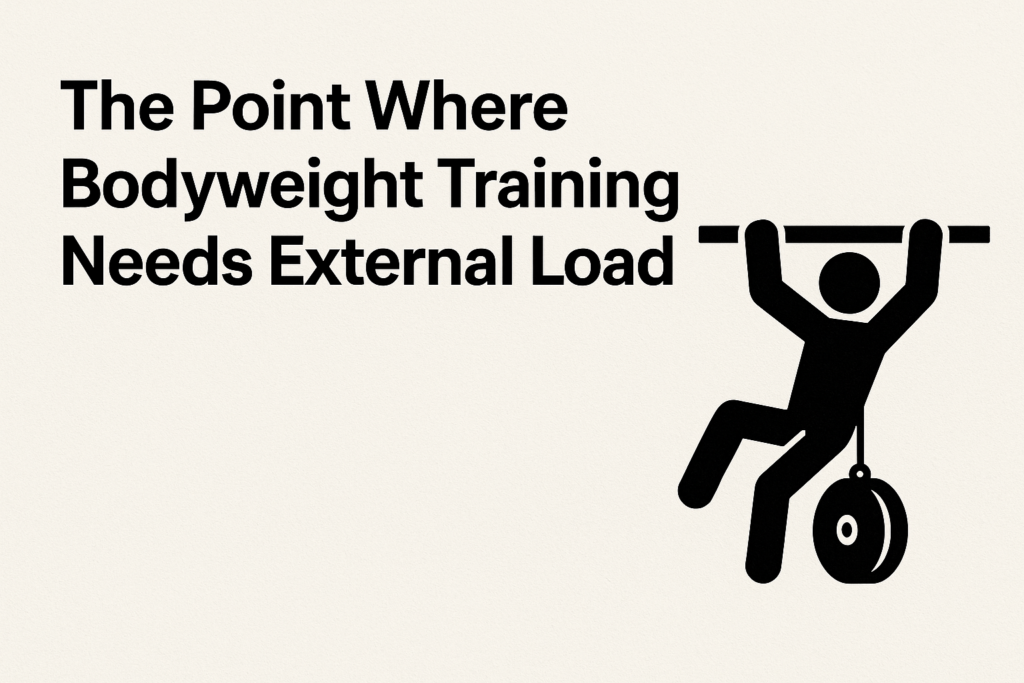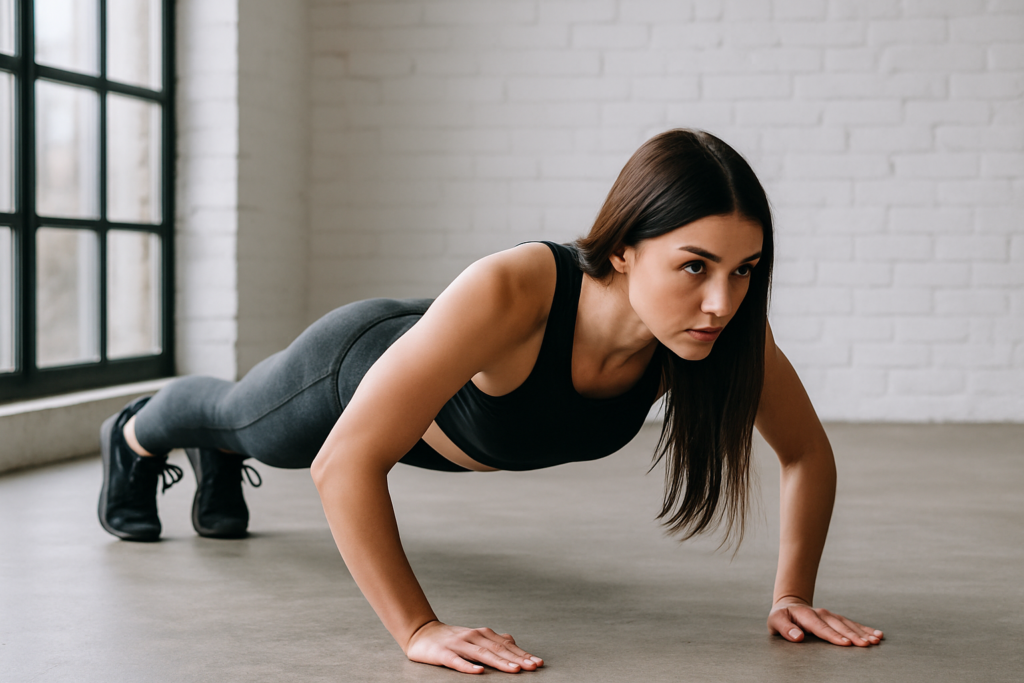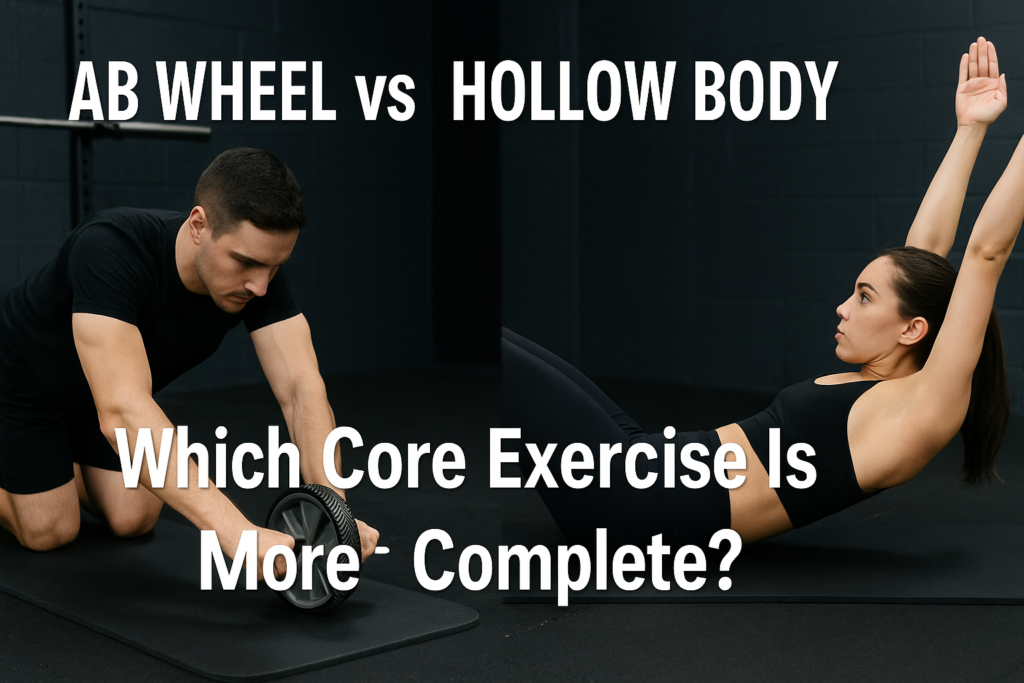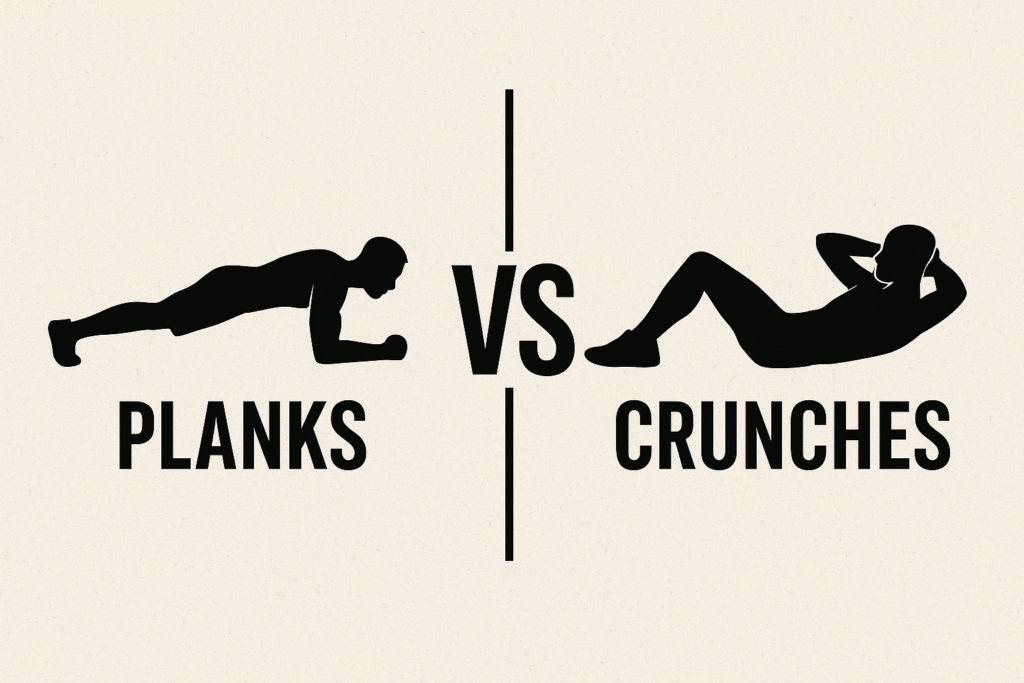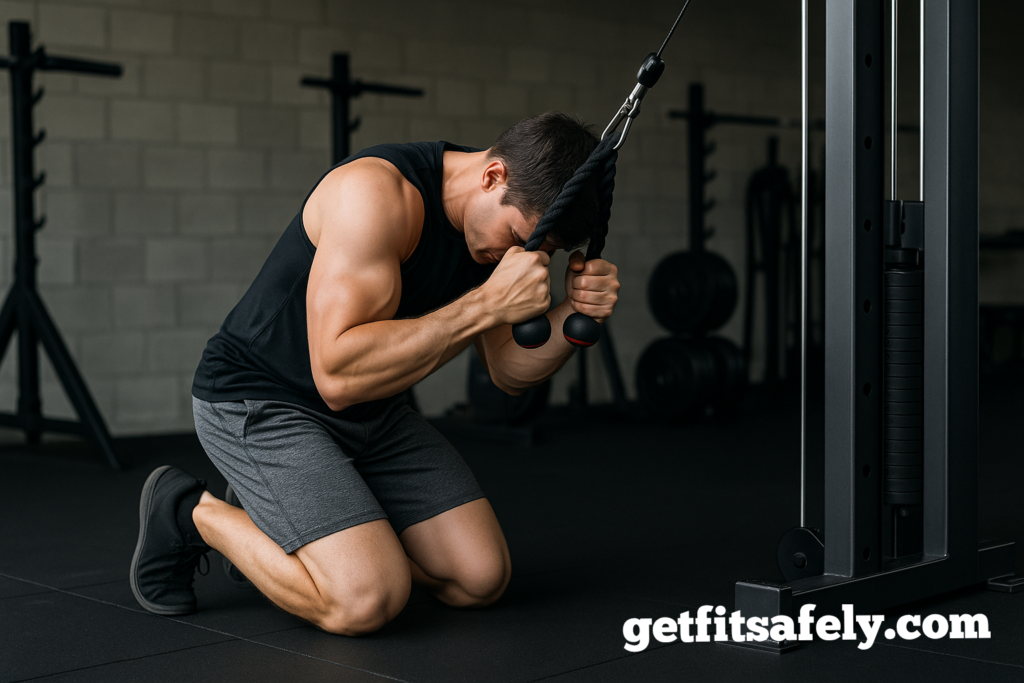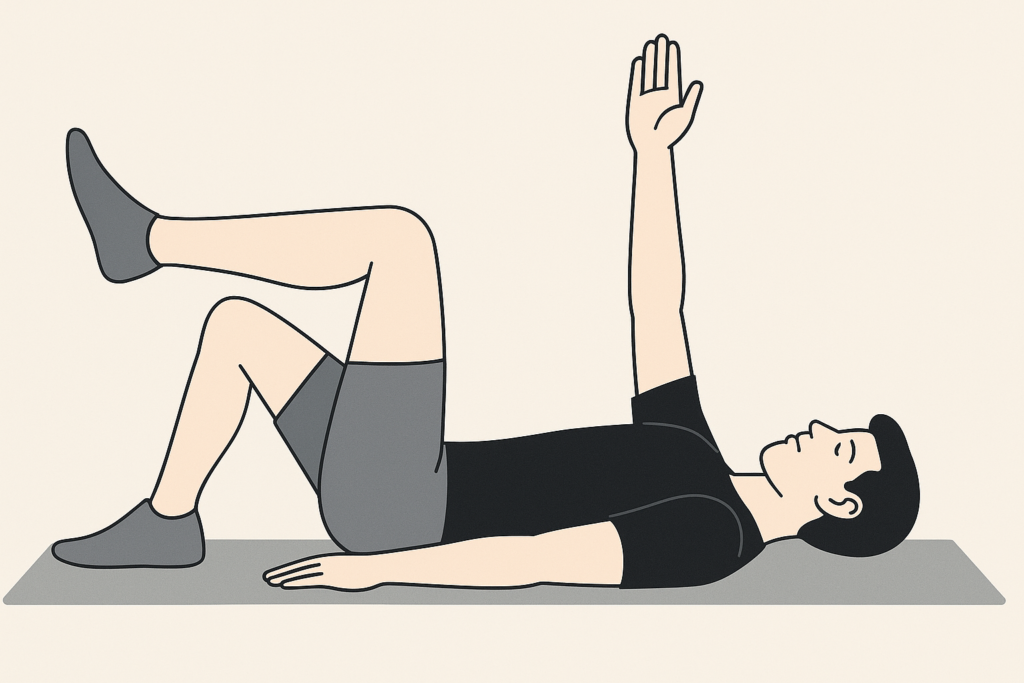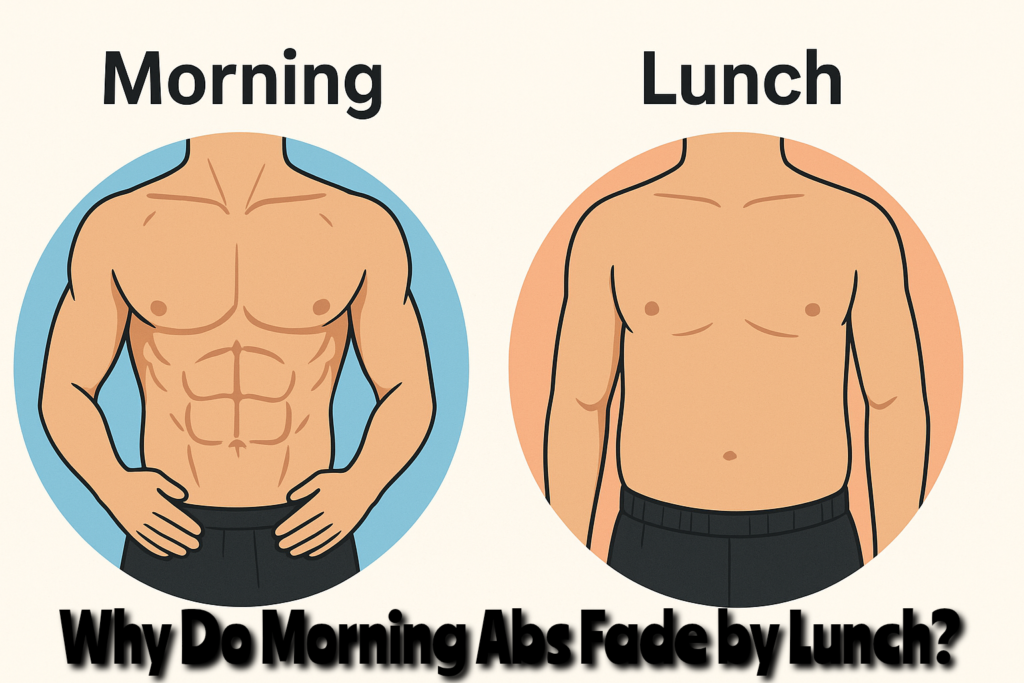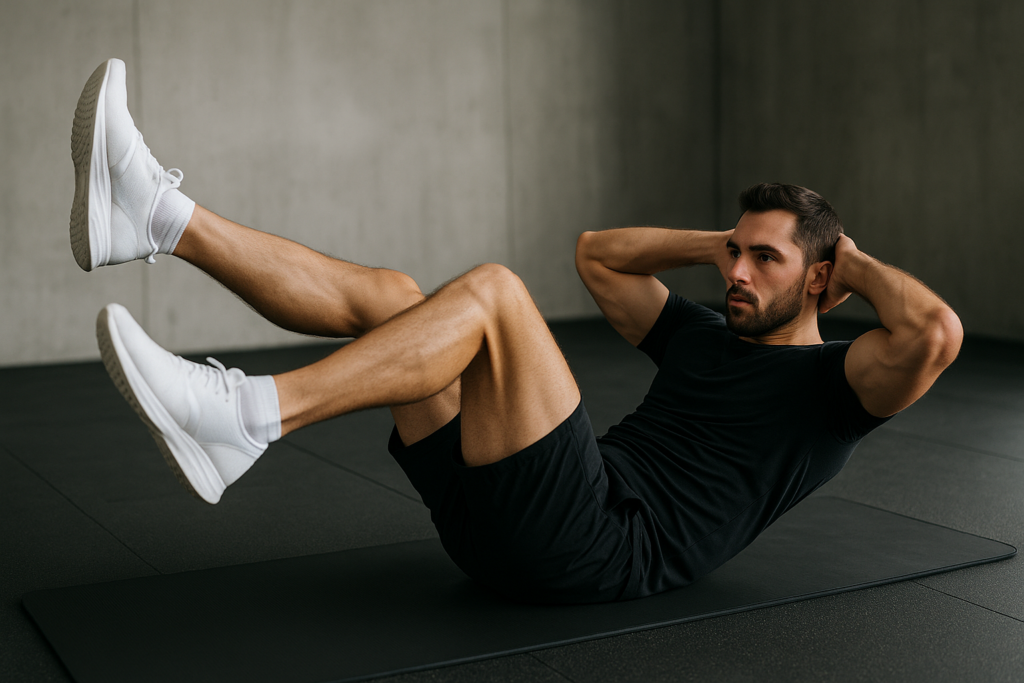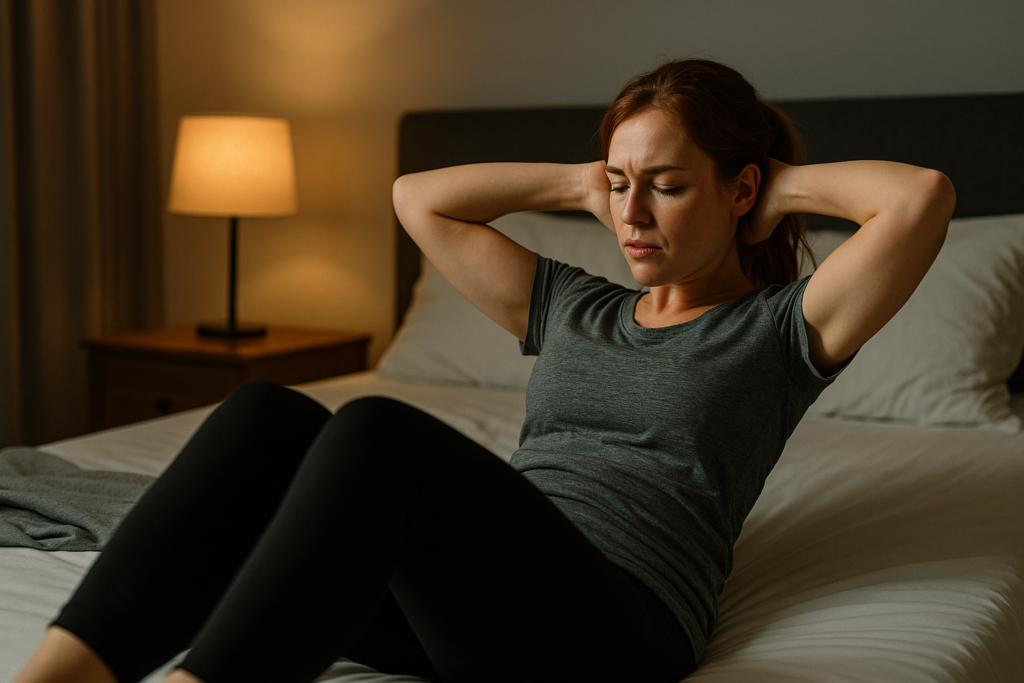Why Calisthenics Progressions Stall Without You Noticing
One of the weirdest things about calisthenics is that progress can stop without ever feeling like it stopped. You’re still training regularly. You’re still sweating. You’re still doing movements that look solid. From the outside, everything seems fine. But weeks pass, then months, and the progression you care about is exactly where it was before. […]
Why Calisthenics Progressions Stall Without You Noticing Read More »

